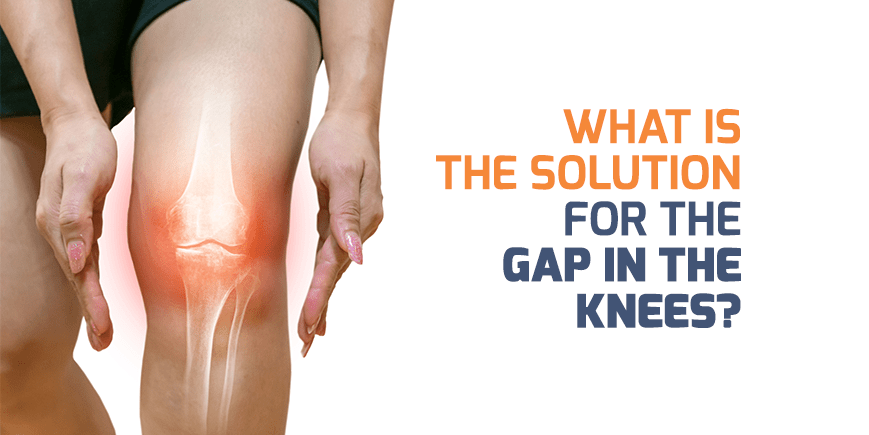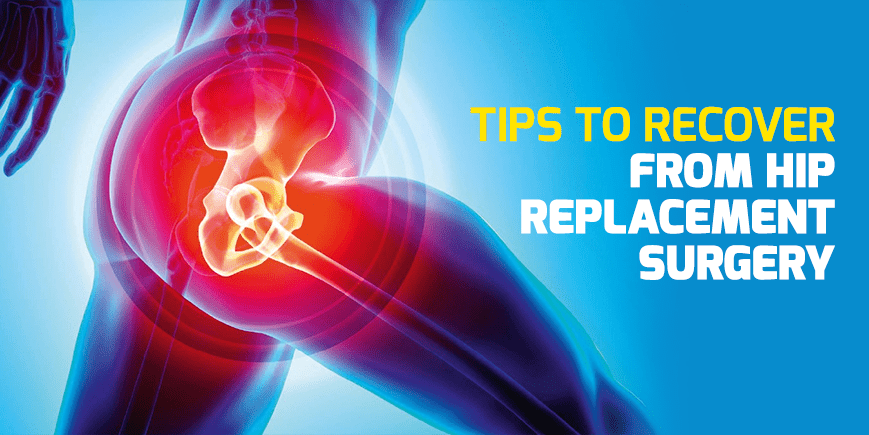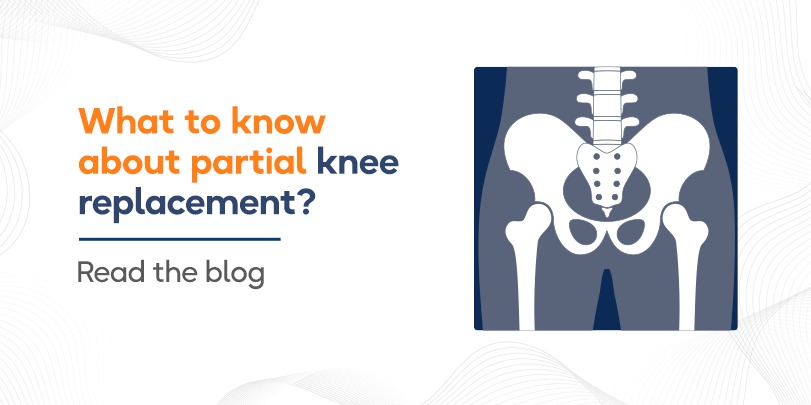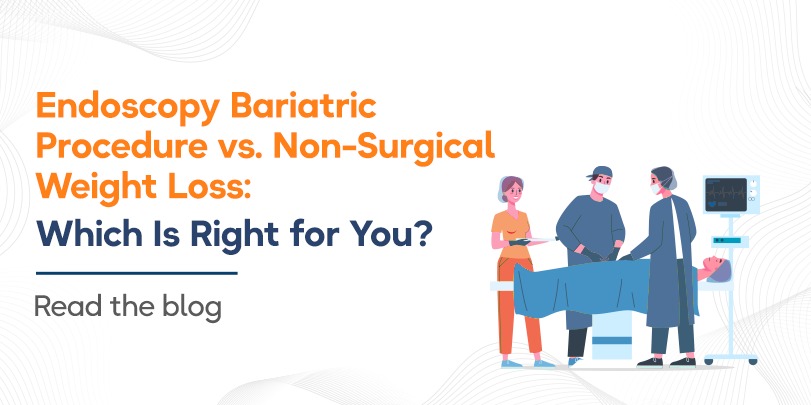If you hear clicking sound in your knees while walking, it shouldn’t be taken lightly. Our knees have cartilages inside of them which allow the knee joints to move freely. They also help absorb impact on knees while running or jumping. With time, these cartilages fall victim to wear and tear. When a large portion of these cartilages have worn away, you start feeling pain in the knees. This pain is an indicator that there is a gap in your knees which causes a click sound. The space in the joint becomes narrowed enough that it affects the joint’s range of motion. Movement and even simple tasks of standing up becomes difficult.
When this gap occurs, bones rub on each other which leads to severe pain in the knee joint. This gap can also be a result of osteoarthritis or rheumatoid arthritis. This condition can be identified by different testing like X-ray, MRI, and Physical exam.
Let’s understand this condition better with causes and solutions.
Causes of gap in the joint:
One of the most common reasons for gap in the knee joint or joint space narrowing is overuse of your knee joints ,Arthritis. It also occurs as you grow older. The other common reason is obesity. Extra weight puts extra stress on the knee joint. Muscle weakness also contributes to joint space narrowing. Joint space narrowing can also be an early sign of osteoarthritis and it is also seen in the case of rheumatoid arthritis which is a type of arthritis where your immune system attacks your own body tissues.
How to treat this condition:
Treatment options depend on the severity and cause of your joint space narrowing. Yogasana helps in the beginning stages to relieve pain. It helps keep your joints flexible. If the intensity of the pain is higher, your doctor might prescribe you some pain killers. In the case of osteoarthritis and rheumatoid arthritis, the pain might be relieved with medications like NSAIDs. These drugs help you do the routine work without causing more narrowing in the knees.
All of these solutions are temporary and only effective in the beginning stages of joint space narrowing. The only permanent solution for this condition is joint replacement surgery. In this procedure, an expert orthopedic surgeon removes the affected parts of the knee joint and installs artificial prosthetics.
Joint replacement surgery is a highly effective treatment in the case of joint space narrowing. It helps restore the mobility in your joint and relieve chronic pain. You need to have experienced surgeons helming the surgery to get the best results. Contact us for a highly effective joint replacement surgery in Ahmedabad now.












